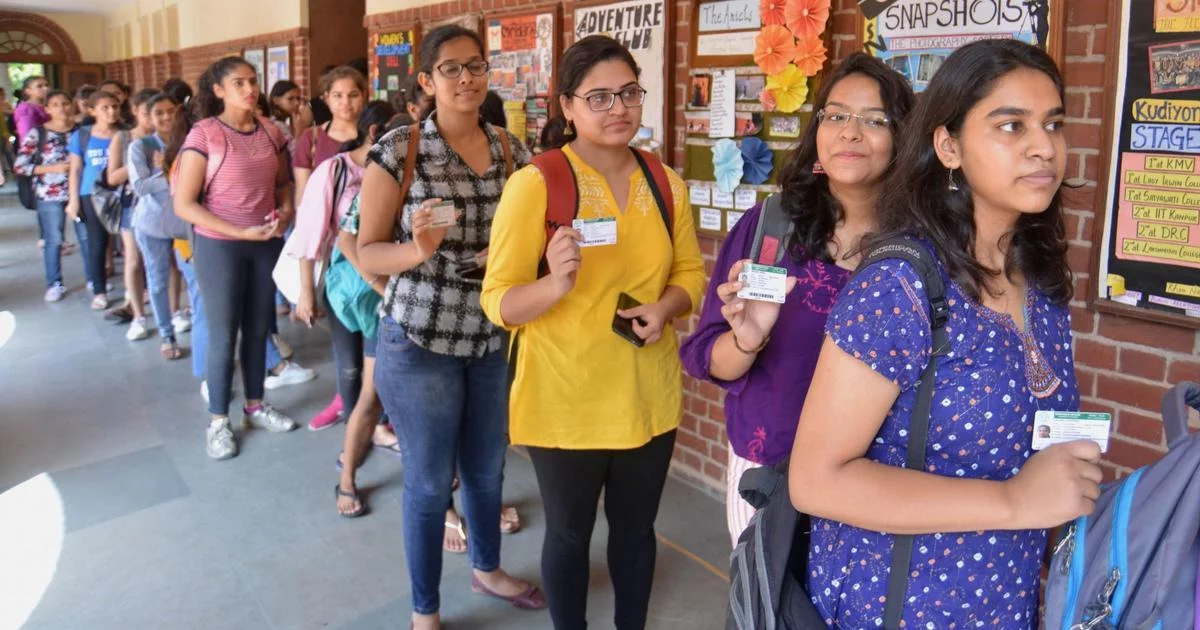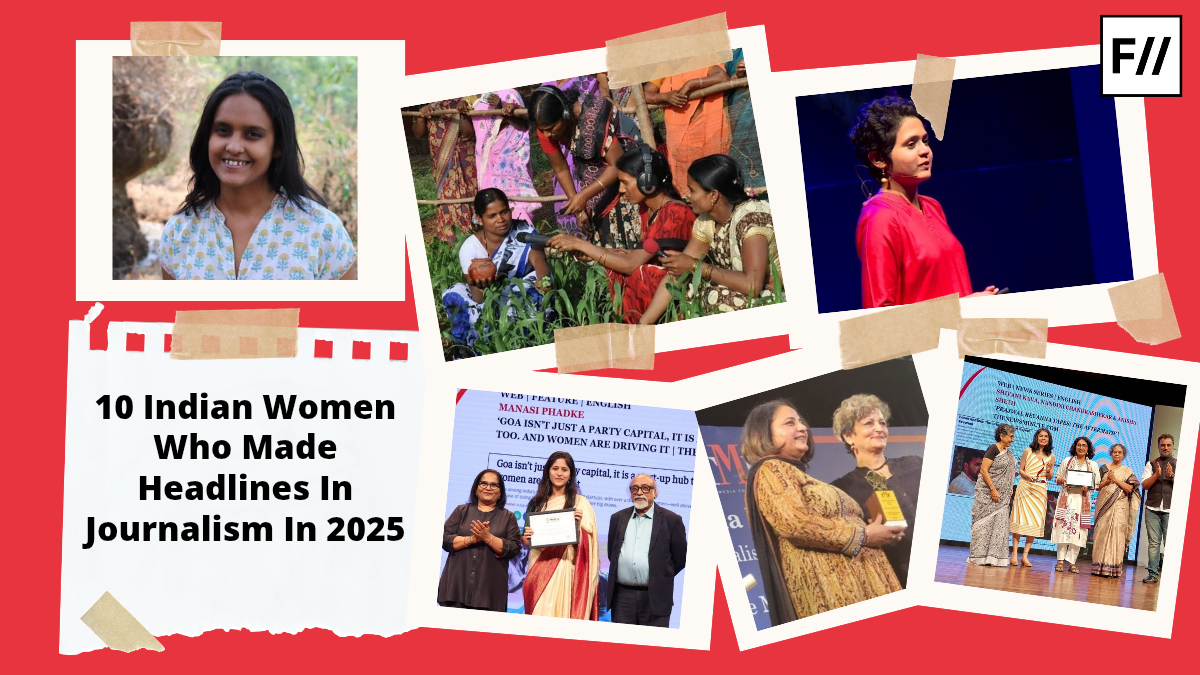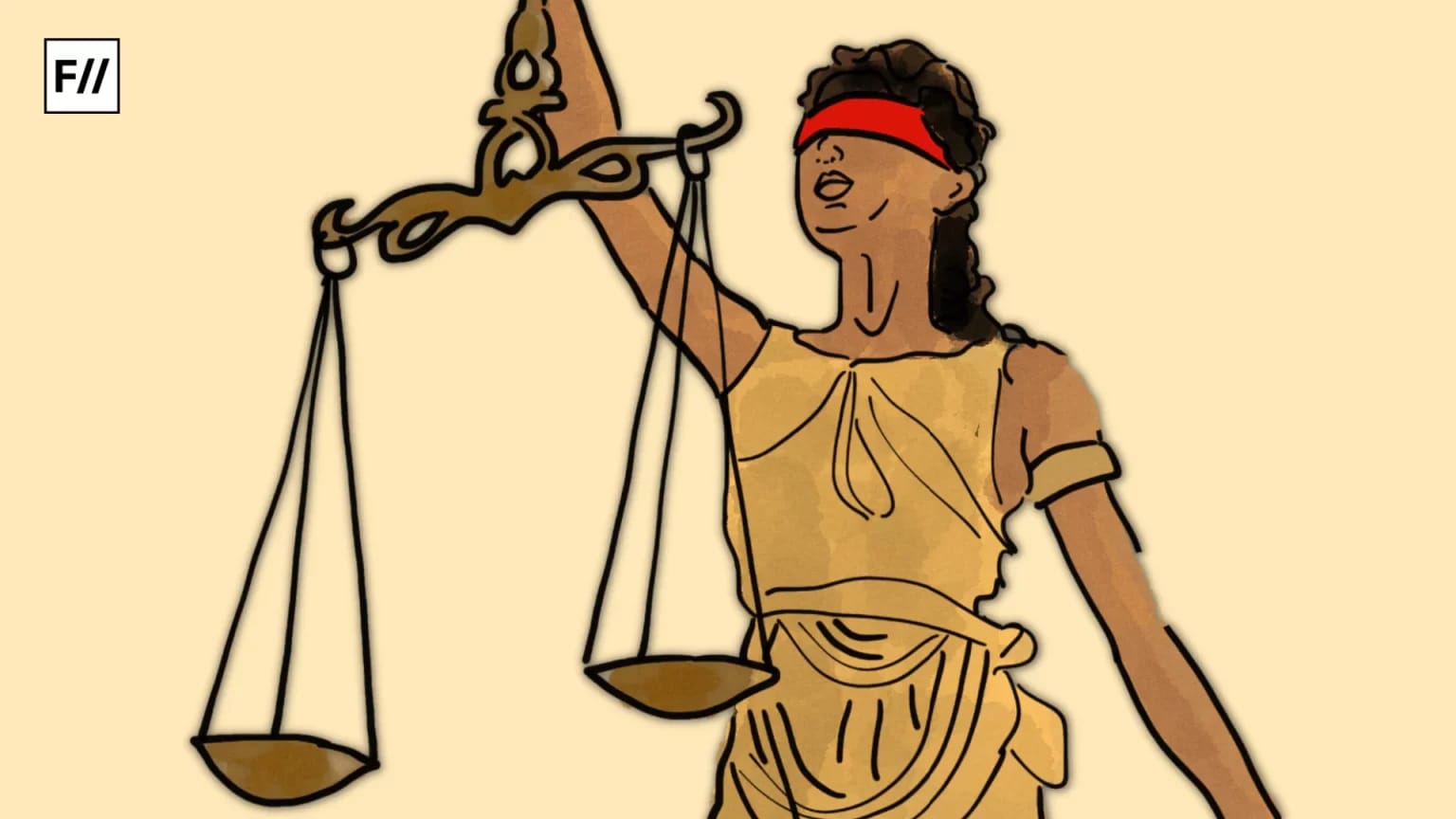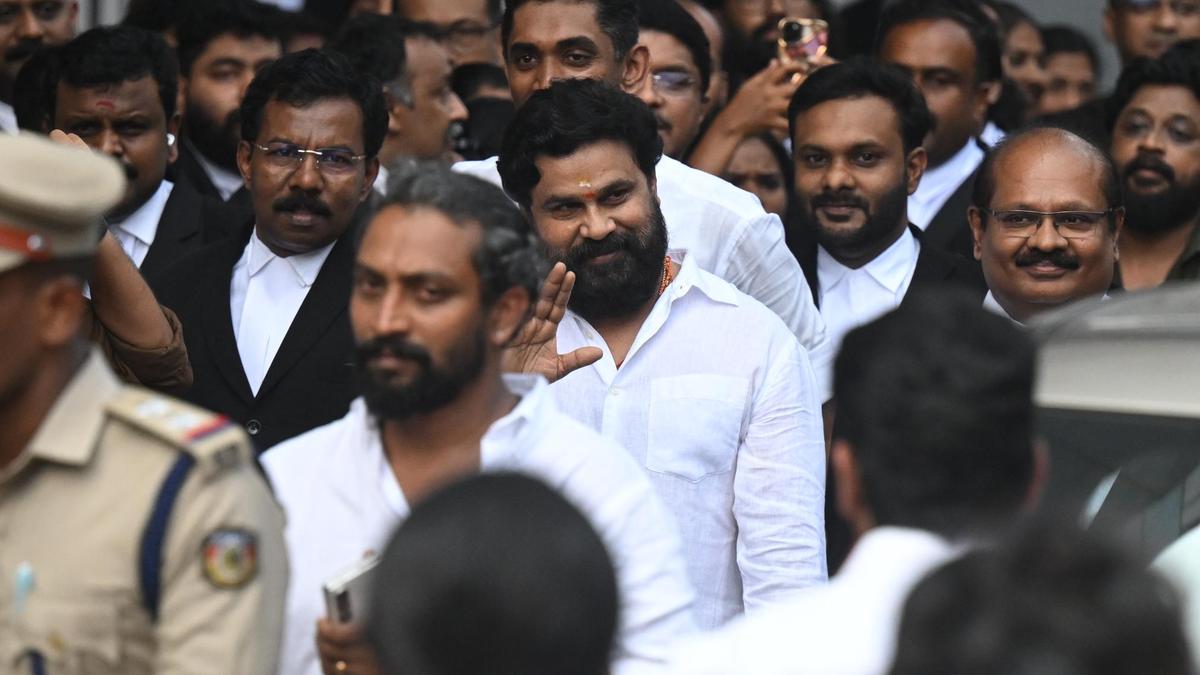As Simone de Beauvoir warned, “Representation of the world, like the world itself, is the work of men; they describe it from their own point of view.” Unless women claim space in student unions, parliaments, and panchayats, India’s political imagination will remain incomplete. Seventeen years have passed since any female student was elected as president of the Delhi University Students’ Union (DUSU), a university-level election in Delhi University (DU). Here, the “glass ceiling” is invisible but deliberate: a gatekeeping culture that preserves the presidency as a male preserve. Here, women are encouraged to participate and often celebrated when they secure secretarial positions, but are systematically blocked from the presidency, revealing a more profound crisis: that female ambition is tolerated in token roles but blocked from proper authority, reducing women in student politics to remain voters, not visionaries.
This is not merely about seats won or lost; it is about the concept of power itself. Power cannot be measured only in numbers; it must also be understood as the ability to set the agenda, to influence decisions, and to claim space. Women’s exclusion from decision-making positions in student unions reflects a more profound cultural discomfort with female authority. The stereotype of women as supporters, not leaders, is replicated in DU just as it is in ministries where women are confined to “soft portfolios”. At the same time, men control finance, defence, and home affairs. DU isn’t just reflecting the national bias; it’s reproducing it.
The DU pattern: routine sidelining, rare exceptions
This shrinking of women’s space in DU politics reflects a larger erosion of women’s visibility in the public sphere. Representation is granted, but authority is withheld. Feminist theorists like Carol Pateman argued that the so-called “public sphere” is built on the exclusion of women, where formal equality hides informal hierarchies. In DU too, the facade of inclusion masks the persistence of patriarchy.
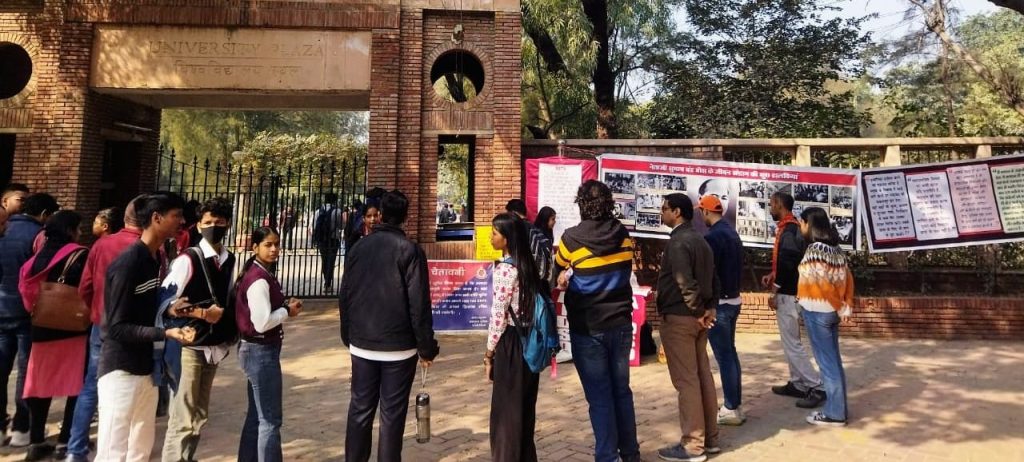
In the 2025–26 election cycles, out of 52 DUSU colleges (except six women’s colleges like Miranda House, Lakshmi Bai, Vivekananda, Shyama Prasad Mukherji, Aditi Mahavidyalaya, and Bhagini Nivedita), only two co-ed colleges – PGDAV and Ramanujan – had elected female presidents. A similar trend was observed in 2024-25, with only two co-ed colleges across Delhi University electing female presidents. This is not a statistical blip; it is a systemic pattern. The last female president of DUSU was Nupur Sharma in 2008, and since then, no female has been elected to that position. ABVP has not given a presidential ticket to any female since then, and NSUI gave it in 2019 and 2025 and saw defeat with significant margins.
The reluctance to accept women as presidents and often relegating them to “secretarial” or “support” roles reveals something deeper. The moment they assert ambition or demand authority, they face below-the-belt personal attacks, whispers about their character, and the gendered accusation of being “too bossy”. The price of aspiration is humiliation.
Delhi University as a whole includes around 22 women’s colleges (Indraprastha College for Women, Lady Shri Ram College, Daulat Ram College, Kamala Nehru College, Maitreyi College, Jesus & Mary College, Gargi College, Lady Irwin, Kalindi College, Mata Sundari College for Women, Janki Devi Memorial, Bharti College, etc). However, only a few colleges participate in the central DUSU elections. Their exclusion further shrinks the pool of visible female leaders. This gap in representation, i.e., few women presidents in co-ed colleges and only a handful of women’s colleges visible in the central DUSU list, indicates a persistent reluctance among campus electorates to accept women in the most visible leadership role.
The cost of aspiration
The reluctance to accept women as presidents and the frequent relegation of women to “secretarial” or “support” roles reveal something more profound. The moment they assert ambition or demand authority, they face below-the-belt personal attacks, whispers about their character, and the gendered accusation of being “too bossy”. The price of aspiration is humiliation. As feminist scholar Nivedita Menon has argued, “patriarchy polices women not only through law but through ridicule and cultural codes.” For many young women at DU, the unspoken message is that politics will cost you your dignity.
Equally troubling is what happens after women do break through. Many who manage to contest and lead find themselves drained by relentless trolling, character assassination, and the instant, unforgiving judgments that greet their every move. The result is predictable: some retreat from politics altogether, others fade into inactivity. These are not isolated personal choices but outcomes of a hostile ecosystem – structural and institutional barriers that make women feel disempowered, undervalued, and, ultimately, unwelcome in the political sphere.
DU students’ politics and the global contrast
At the world’s leading universities, female leadership is not an anomaly but an expectation. Oxford, Cambridge, and Harvard have all witnessed women occupy their highest student offices in recent years. Rashmi Samant and Anvee Bhutani have led the Oxford Students’ Union, while Sruthi Palaniappan has been elected president of the Harvard University Undergraduate Council. These individuals are all Indian women who have excelled in politics abroad. Other recent student union female presidents include Zaynab Ahmed, Sarah Anderson, Aastha Dahal, Anjum Nahar, and LyLena D. Estabine at Cambridge University, and Sara Speller at Harvard University in the past five years. At Harvard, Oxford, and Cambridge, women have consistently held the highest student offices in the past five years. In contrast, Delhi University has not elected a single woman president since 2008.
Equally troubling is what happens after women do break through. Many who manage to contest and lead find themselves drained by relentless trolling, character assassination, and the instant, unforgiving judgements that greet their every move. The result is predictable: some retreat from politics altogether, others fade into inactivity.
Therefore, when campuses treat female presidencies as routine rather than rare, they equip women not just for student politics but for the highest echelons of national and international leadership. This gap shows that the exclusion of women from visible power in Indian universities’ student politics is not inevitable but is structural, cultivated, and sustained.
Why does this matter? Because India is preparing for the 2029 implementation of the Women’s Reservation Act, which will reserve one-third of parliamentary and assembly seats for women. If universities like DU, which is one of our premier crucibles of leadership, are unable to consistently produce confident, capable women leaders today, the reservation may inadvertently create a generation of token women politicians tomorrow: candidates parachuted into seats, often dependent on male mentors, family dynasties, or male colleagues who “handle” them. Without training, many will be used, manipulated, or sidelined, their authority compromised before they even begin. As political theorist Hanna Pitkin argued in her classic work The Concept of Representation (1967), accurate representation is not about numbers alone but about effective participation and authority. Without preparing women to lead, India risks creating “decorative representation” instead of genuine empowerment.
The way forward
The way forward is urgent and obvious. Effective leadership pipelines must be established, encompassing mentorship programmes, workshops, and debate platforms, to nurture women for senior positions from their initial year. Student parties in DU and other central universities must invest resources equally in women’s campaigns, rather than merely symbolically supporting them. To alter outcomes, we need long-term investments in capacity, protection against gendered attacks, and a deliberate political will within student parties, university authorities and the student body to see women not only as voters and supporters but also as leaders. And most importantly, we must change the cultural imagination of leadership, shifting away from aggression and machismo towards empathy, collaboration, and moral authority, which women can embody powerfully.
When campuses treat female presidencies as routine rather than rare, they equip women not just for student politics but for the highest echelons of national and international leadership. This gap shows that the exclusion of women from visible power in Indian universities’ student politics is not inevitable but is structural, cultivated, and sustained.
Power in India is decentralised in the legislative, executive and judiciary. Between 2011 and 2013, India saw its strongest constellation of women in power: Sheila Dikshit in Delhi, Jayalalithaa in Tamil Nadu, Mamata Banerjee in West Bengal, Vasundhara Raje in Rajasthan, and Mayawati in Uttar Pradesh. Five women chief ministers simultaneously governed some of the country’s most populous and politically significant states, a moment that seemed to signal a new normal where women’s leadership would be routine, not rare.
Yet that promise has receded. From 2019 to 2024, only one or very few women held Chief Ministership at a time, primarily Mamata Banerjee, with fleeting additions like Atishi Marlena Singh and Rekha Gupta in Delhi. In the judiciary, too, Justice B.V. Nagarathna’s potential short tenure as Chief Justice reflects more symbolism than substantive power, reflecting that women are still treated as acceptable in token roles, not as anchors of authority.
Delhi University is more than a campus; it is a rehearsal stage of India’s democracy, a nursery of national politics where every caste, class, and community finds representation. If women cannot stand at the helm here, then what message do we send to the rest of the country? Power cannot be conceded to women in fragments; it must be recognised as their equal right. The choice is either to prepare women to be leaders in substance or to accept a future of decorative democracy.
If we claim equity, then representation must be more than occasional. It must be sustained, substantive, and authority-bearing. Otherwise, these few names become curiosities rather than harbingers, reinforcing that for many, women are still expected to occupy ceremonial corners of public life, not its centre.
About the author(s)
Yakshna Sharma, Advocate at the Delhi High Court and social activist working on issues of gender justice and public policy. She had also contested DUSU elections for the post of Secretary from NSUI in 2023.
